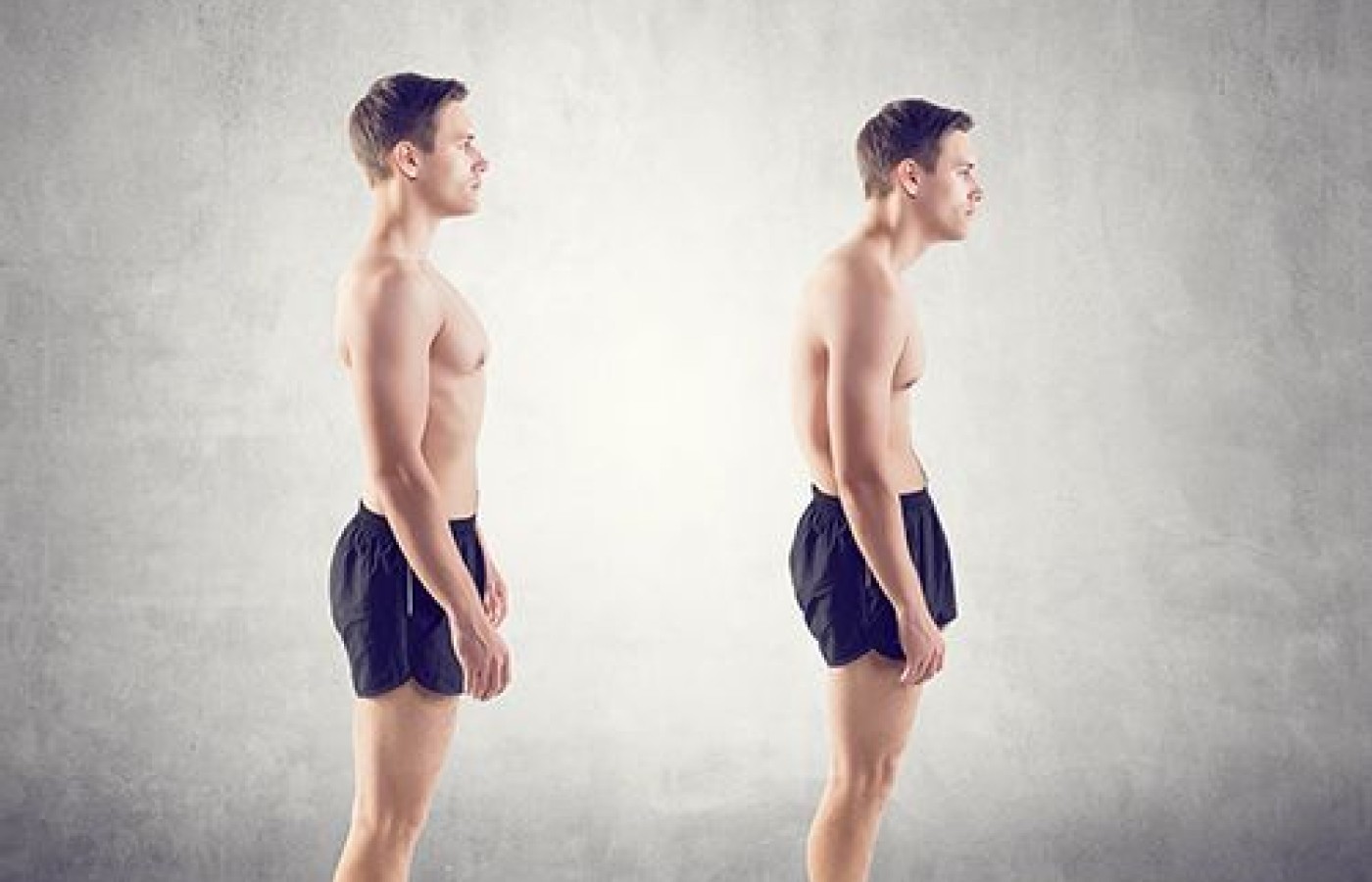Whether you accept it, avoid it or live somewhere in between, insurance coverage has become a defining issue for our profession. Patients increasingly expect to use their benefits, practitioners want to be compensated fairly for their time and expertise, and the system itself remains – at best – fragmented. The encouraging news is that coverage has expanded in meaningful ways. The challenging news is that reimbursement, across the board, remains inadequate.
8 Great Tests for Nerve Tension
Lower back pain is one of the most common medical complaints today, and comes with many different presentations. Pain can be localized, or give tension up the back, or down the hips and legs.
Referred pain can go to the buttocks or into the legs (which patients almost always call sciatica). When a patient presents with lower back pain, nerve tension often indicates a disc herniation. There are a lot of good ways to test for a low back disc.
I have previously talked about observing the patient presentation of antalgia1, looking for a short leg2, or individual tests like the Straight Leg Raise.3 Recently I was shown a great combination of several tests that is a great way to test for nerve tension in the lower back.
Nerve Tension in the Lower Back
While the patient is seated have them raise the leg of primary complaint — the Lesegue Sitting test. If this produces pain, drop the leg a few degrees and flex the toes up — Braggard's test. If pain is again reproduced you are likely dealing with sciatic nerve inflammation.
If there is no pain on the primary leg, then also raise the well leg — Well Leg Raise test. If this produces pain, drop the leg a few degrees and flex the toes up — Fajersztajn's test. If these are positive, the indication is a space occupying mass in or near the axilla of the nerve root.

If these are negative, then raise both legs together — Bilateral Leg Straightening. Again, if this produces pain, drop the leg a few degrees and flex the toes of both feet up to stretch the nerve roots and localize the source of pain.
If these are negative, then with the legs still extended have the patient drop their head to their chest – Soto Hall. This puts further traction on the spinal cord and nerve roots. This can be further accentuated by then leaning the body forward — "the slouch," and then a little more with coughing — Valsalva's.
At this point you have put maximal stretch across the lower spinal cord and lower back nerve roots. Pain with any of these maneuvers would warrant further orthopedic evaluation and appropriate imaging.
The Insight You Need
If all these are negative and there is no reproduction of leg or back symptoms, there is little indication of dural tension and you can look to other causes for the complaint of lower back pain.
This seems like a big list of tests, but can actually be performed in very short order and give you a wealth of patient insight regarding the source of their lower back pain. When there is pain, always note where the pain goes.
Is it in the back, the buttock, or the leg? Does it go down to the knee or foot? Did it cause tension or pulling up into the neck?4 Such notes are invaluable when documenting your patients' complaints and the extent of the irritation. These extra notes help document the severity the patients' complaints and show the progressive response to care.
This extra documentation can also help make the difference if you must justify your diagnosis to an insurer or third party. Take the extra few seconds to add these tests into your exam routine – they will serve you well.
References
- Briggs DR. "Things I Have Learned: The Leaning Low Back." Dynamic Chiropractic, 2007; (25) 24.
- Briggs DR. "Things I Have Learned: The Short-Leg Di lemma." Dynamic Chiropractic, 2005; (23) 5.
- Briggs DR. "The Straight Leg Raise Test." Dynamic Chiropractic, 2006; (24) 10.
- Hammer W. "Use of the Straight-Leg Test for Upper Extremity Involvement." Dynamic Chiropractic, 1997; (15) 24.
Resources
- Evans RC. Illustrated Essentials in Orthopedic Physical Assessment. St. Louis: Mosby, 1994.
- Hoppenfeld S. Physical Examination of the Spine and Extremities. San Mateo: Appleton & Lange, 1976.
- Evans RC. Illustrated Essentials in Orthopedic Physical Assessment. St. Louis: Mosby, 1994.



